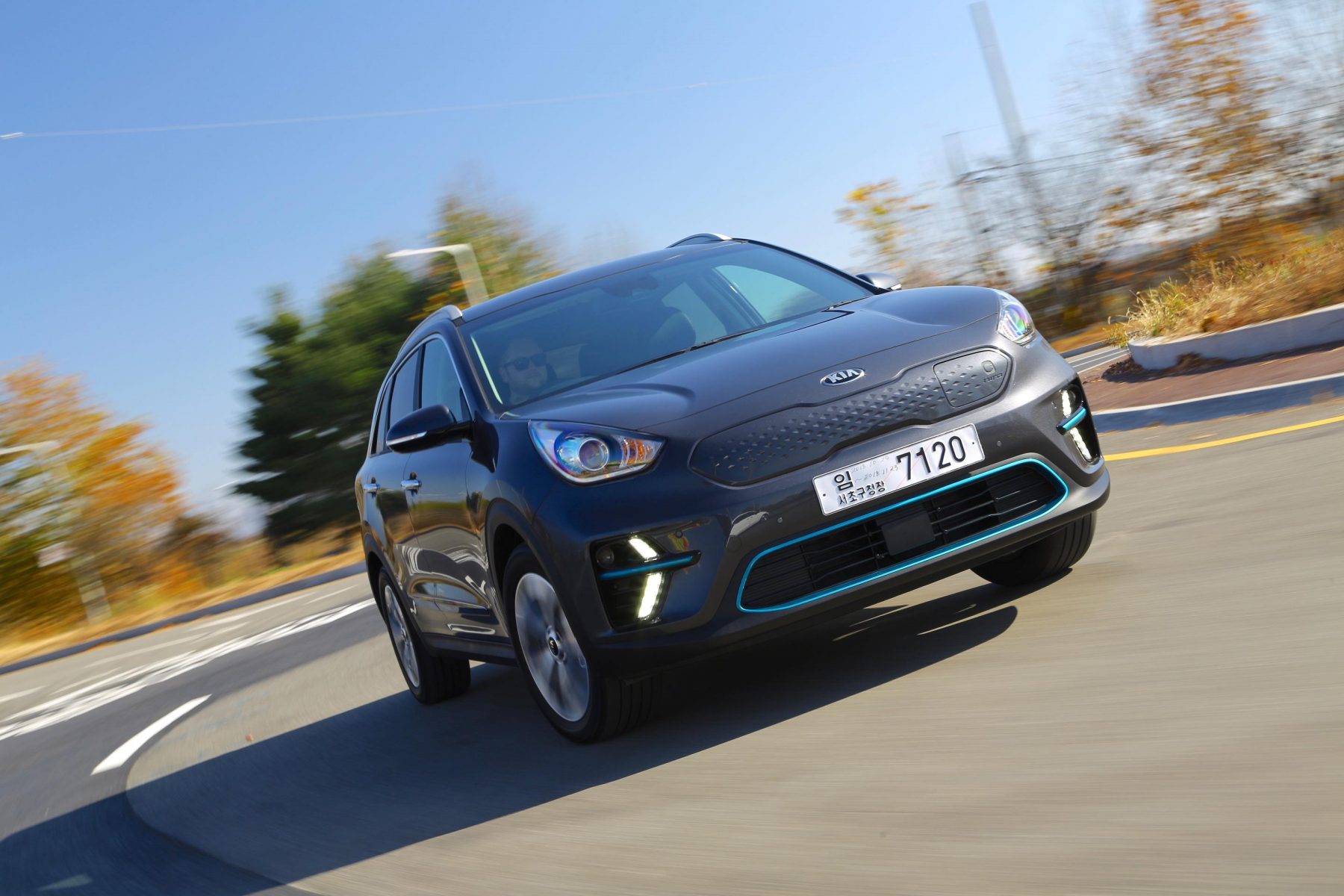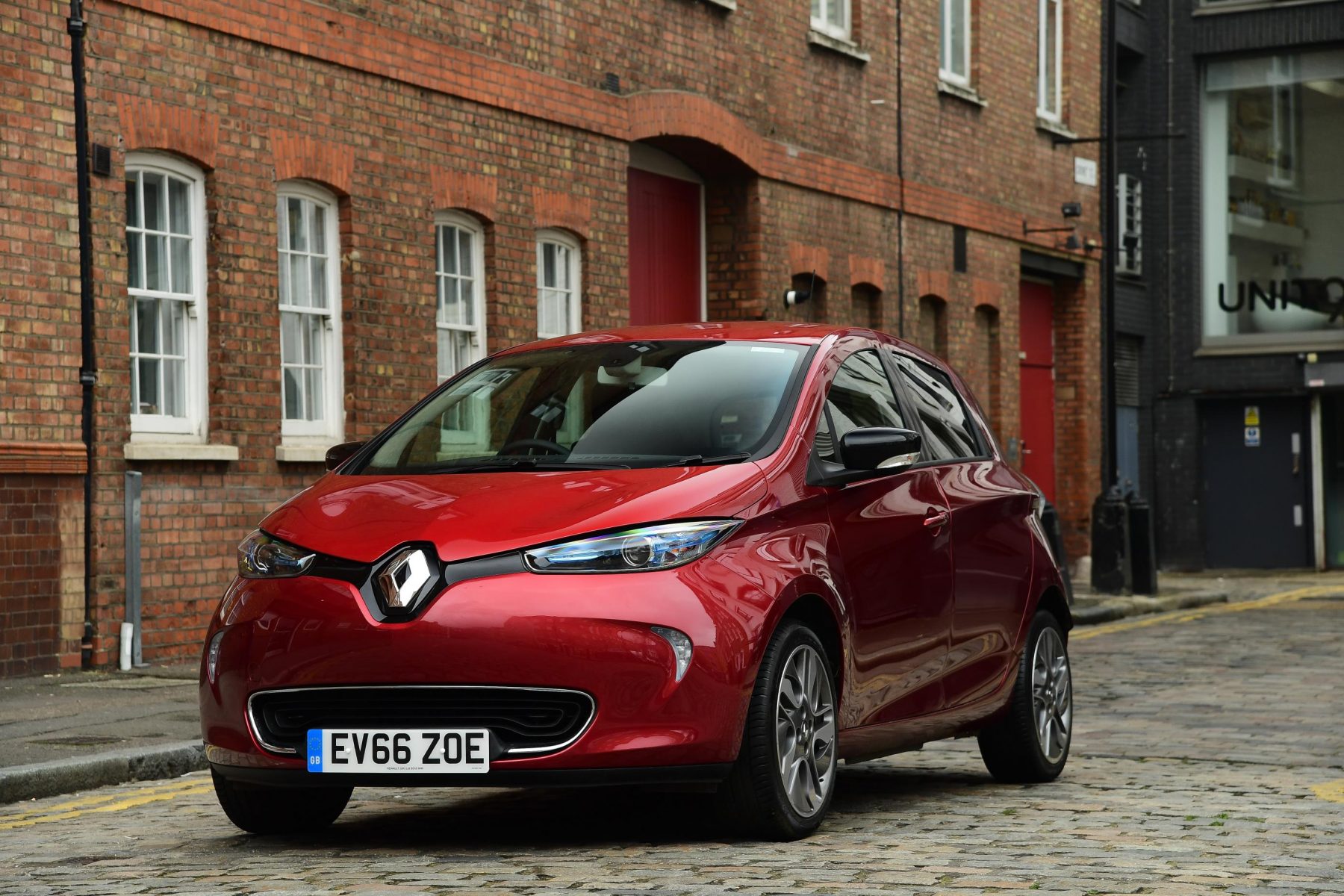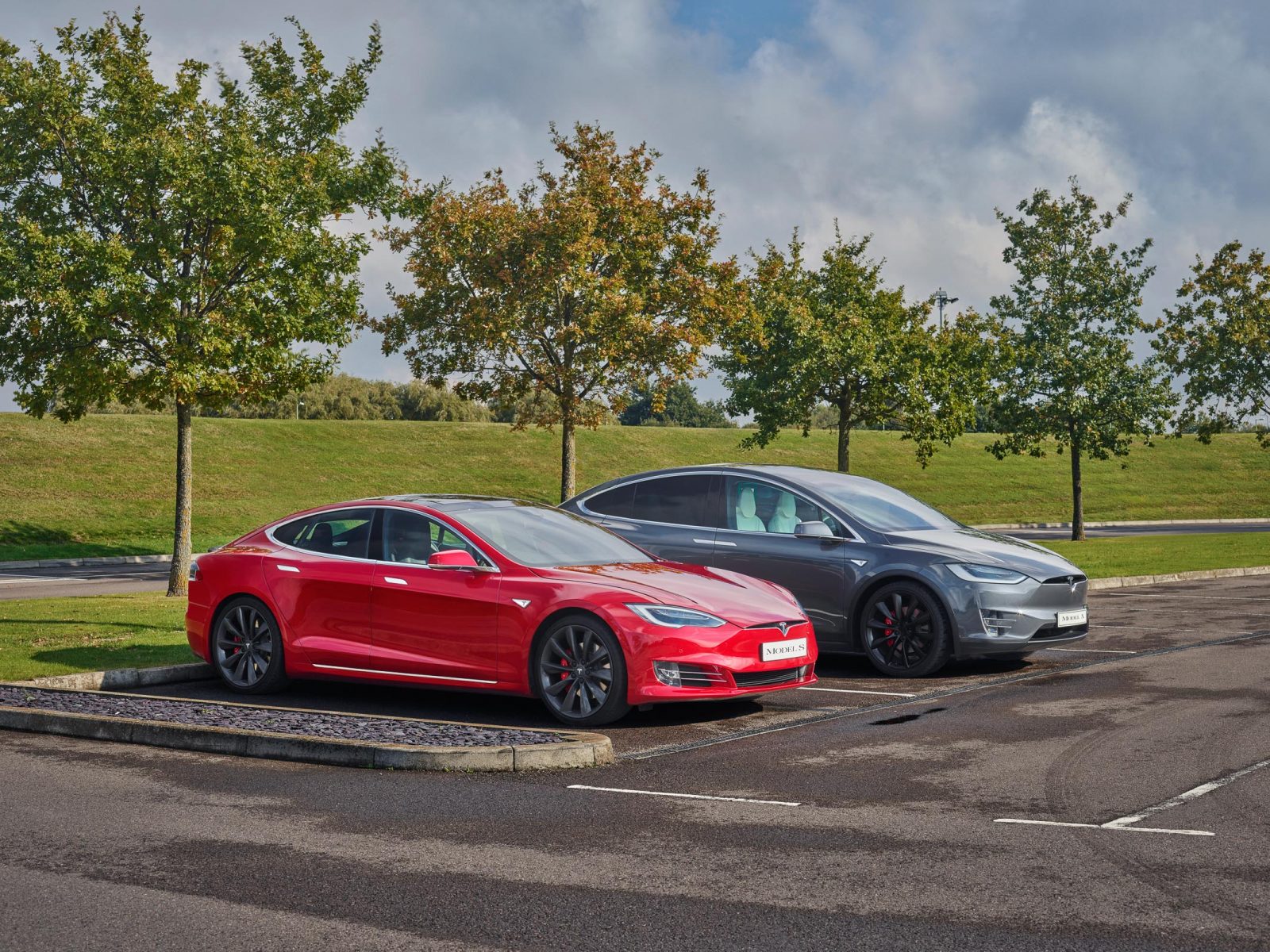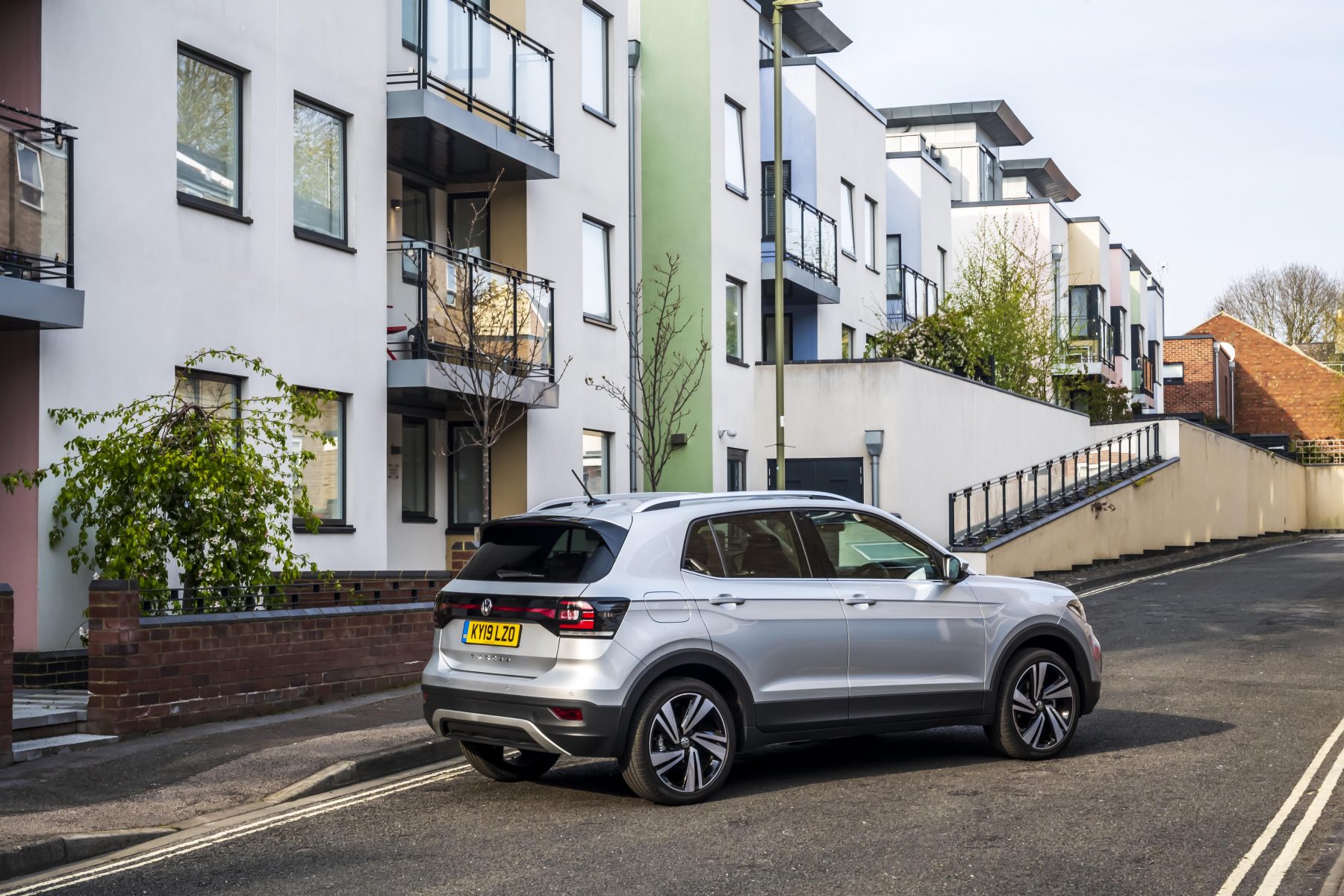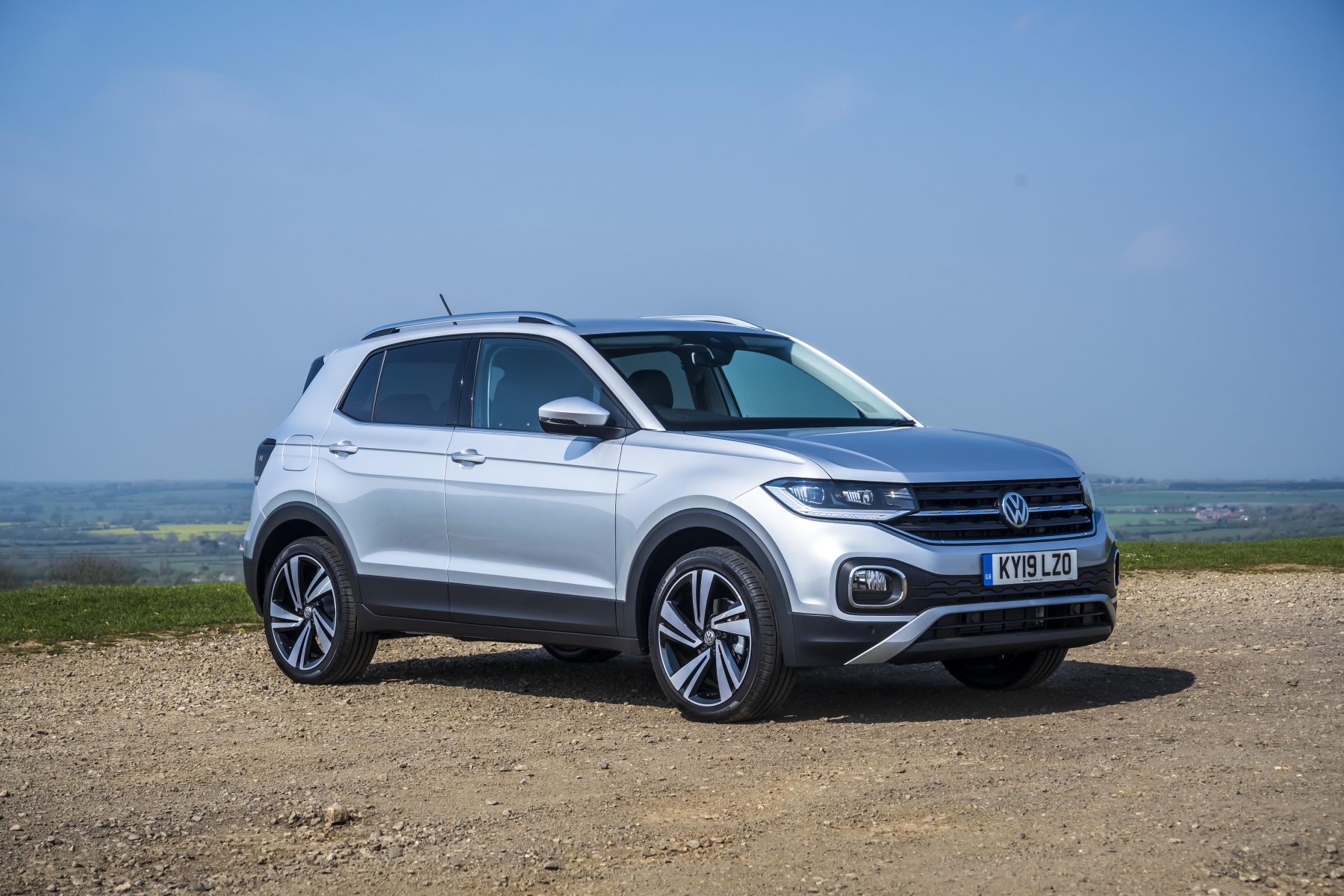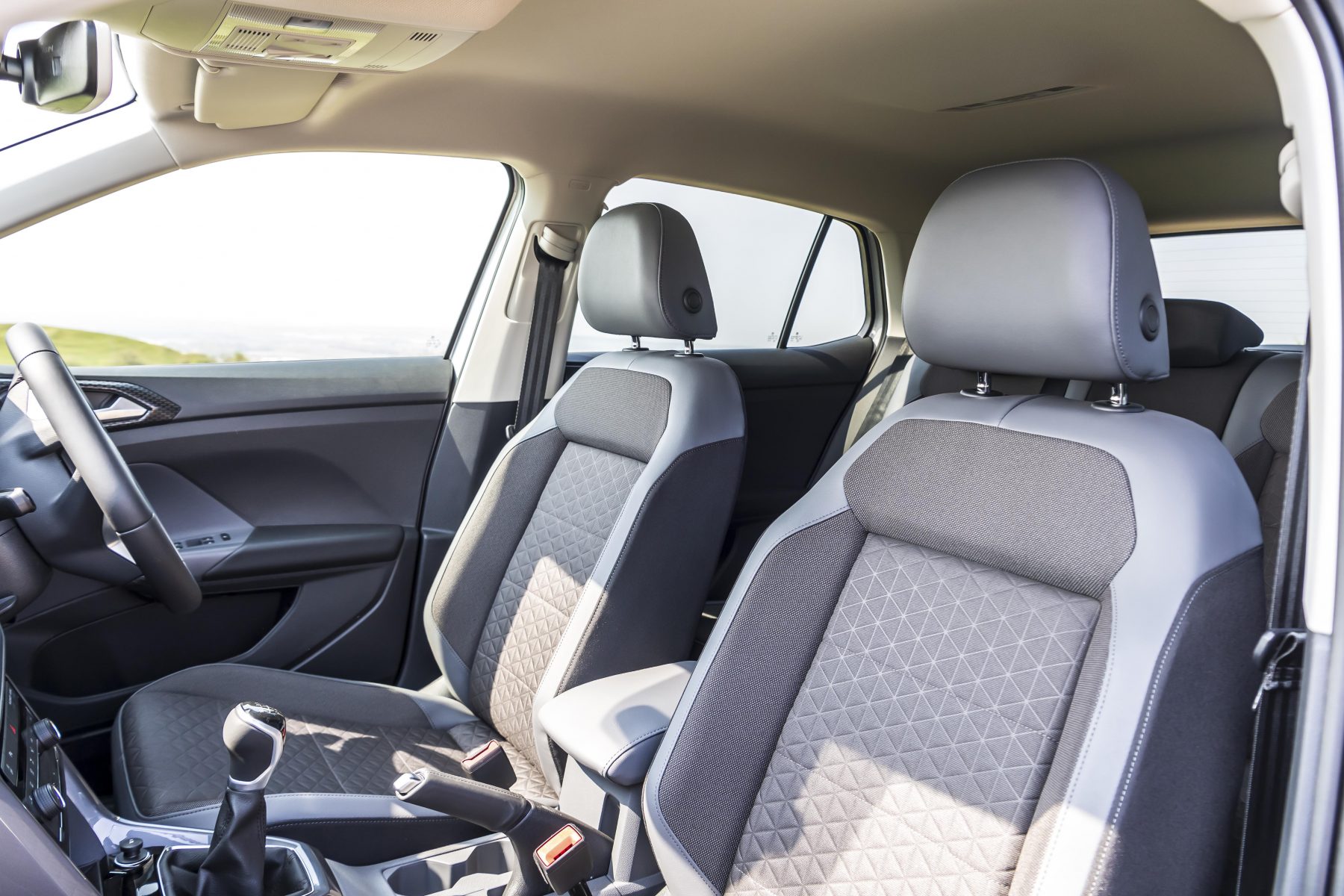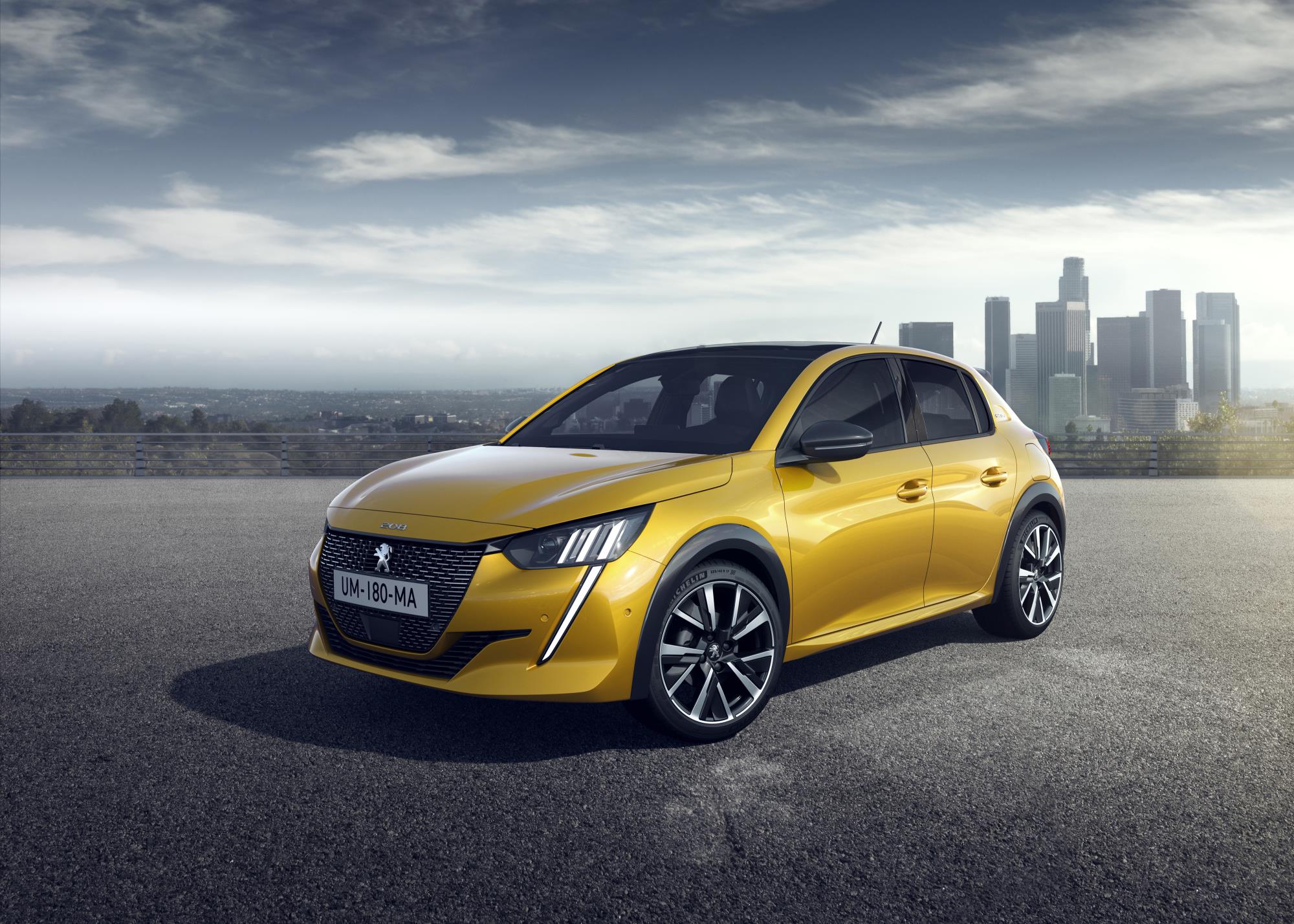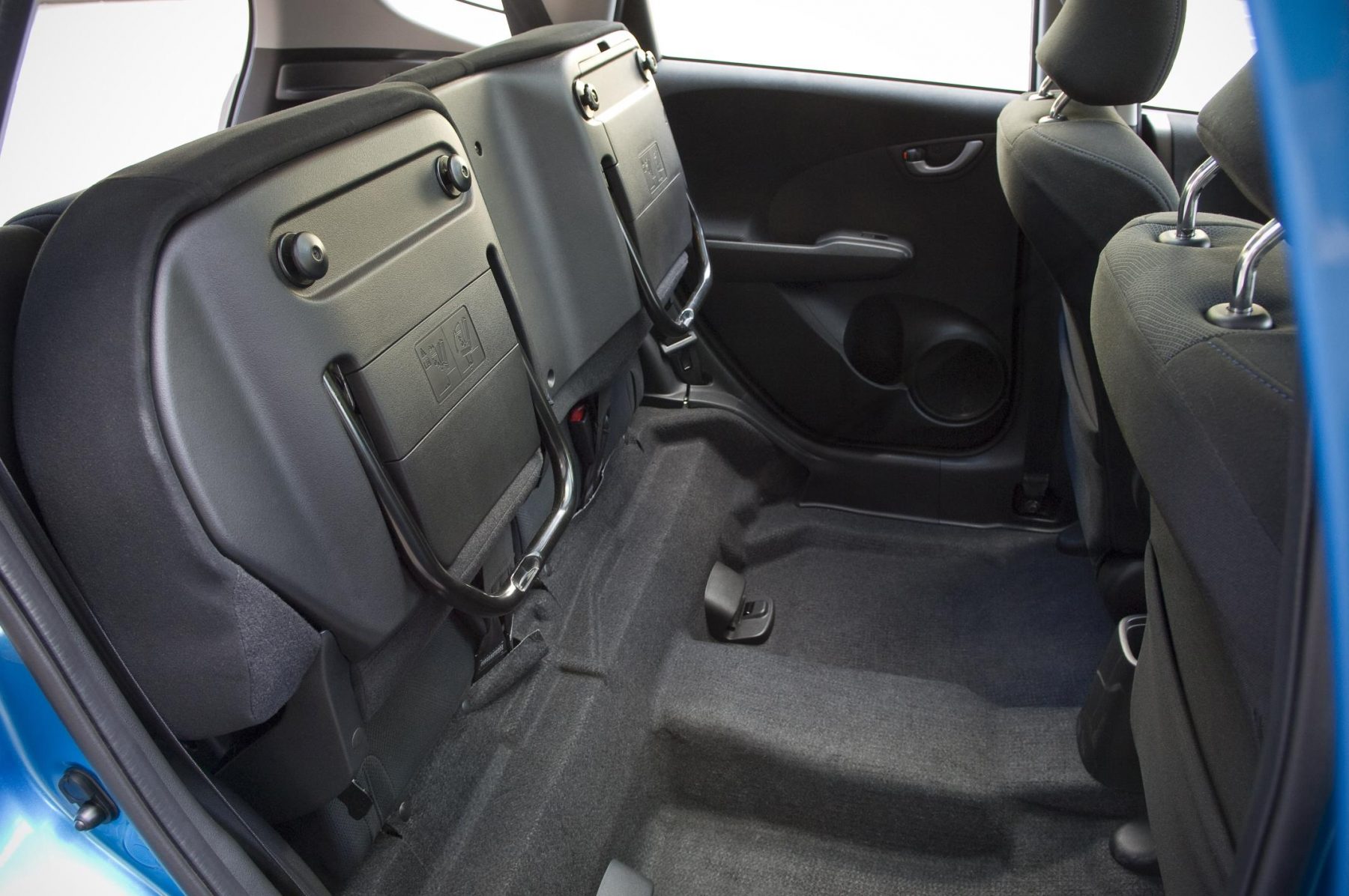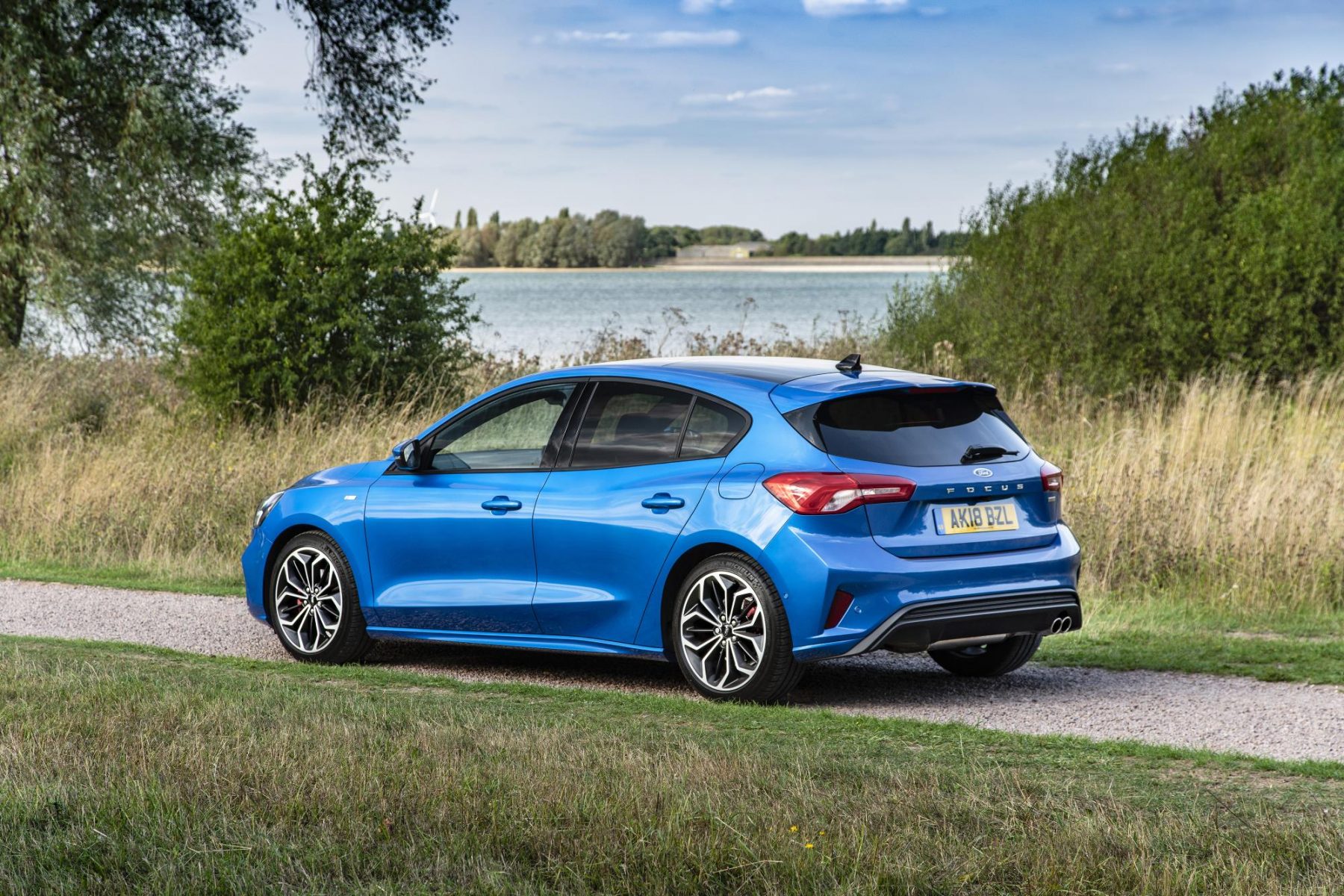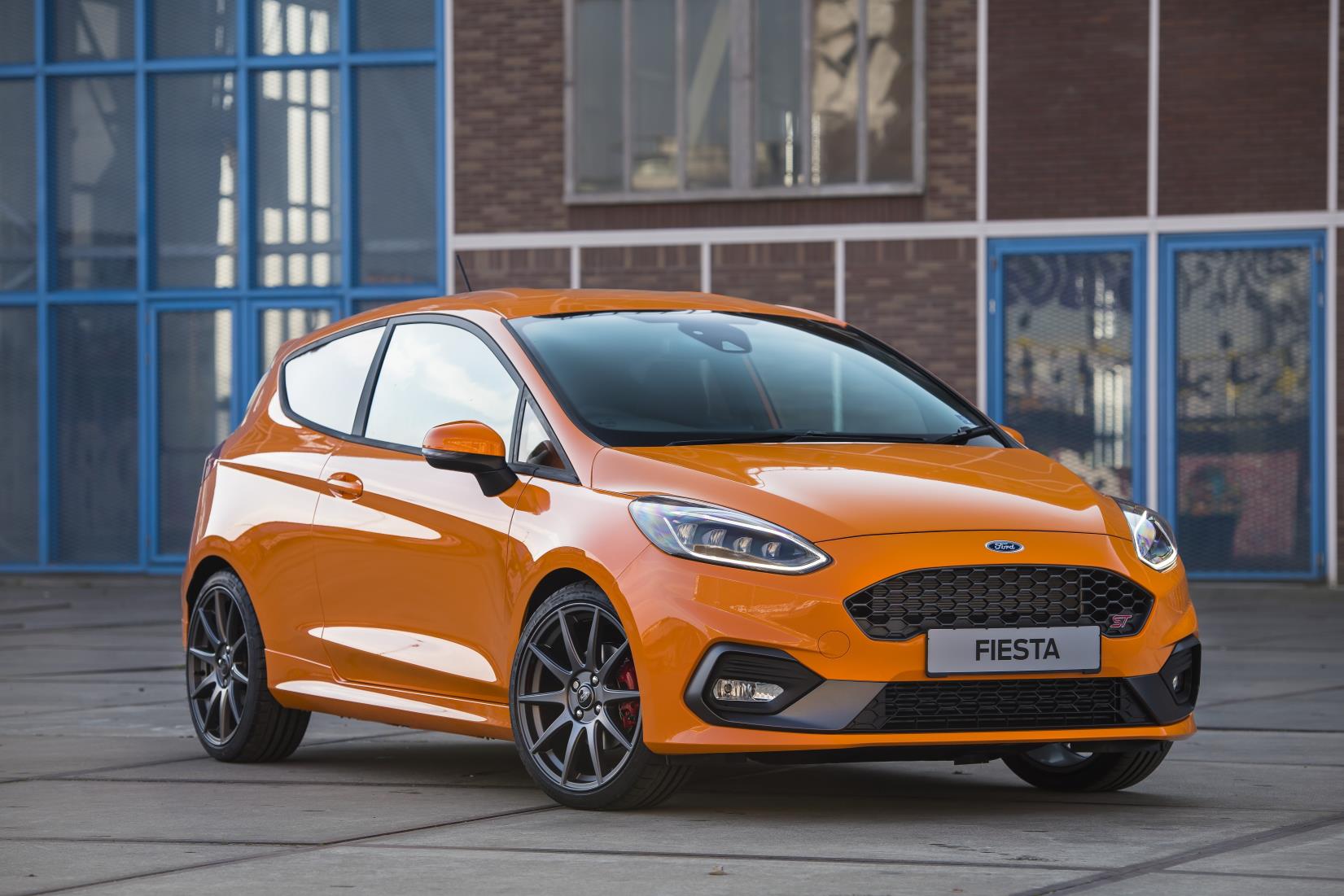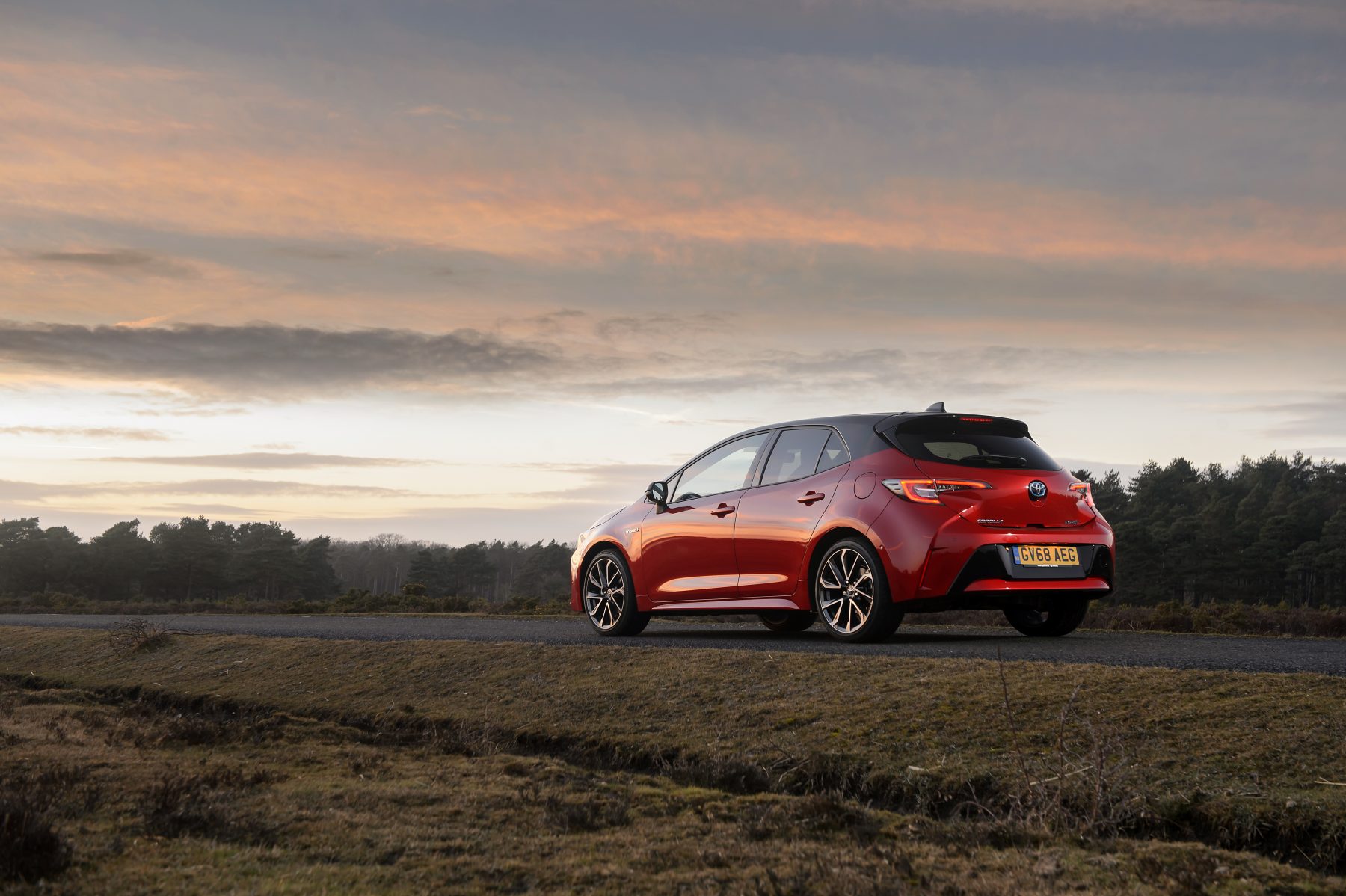What is it?
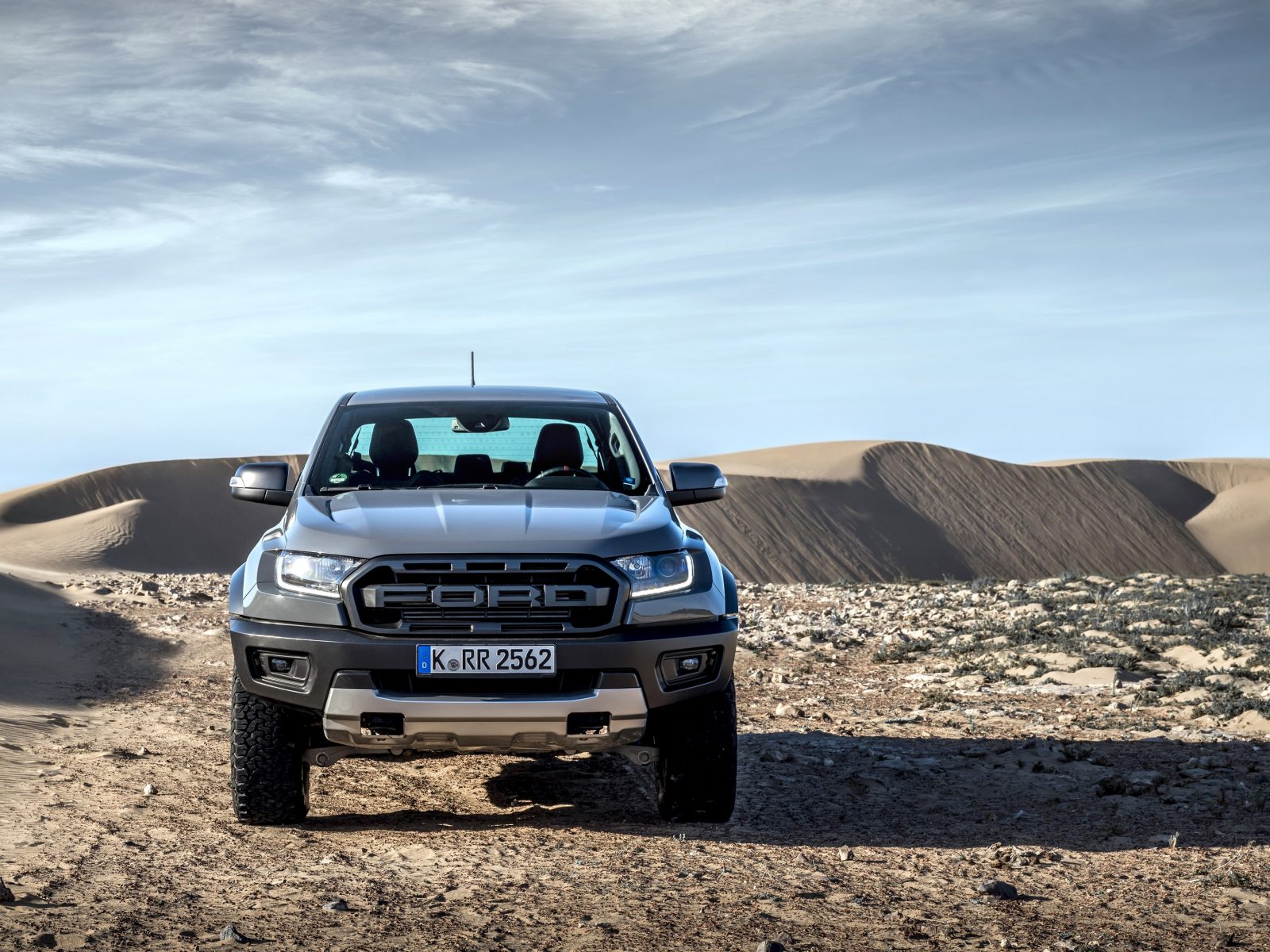
What’s in a name? Well, when it comes to the new Ford Ranger Raptor, quite a lot. It just sounds good, doesn’t it? Ford has jam-packed its new range-topping pick-up with top-notch off-road tech to ensure it’s as capable on the rough stuff as possible, and more than able to live up to that rather evocative nameplate, too.
It’s also accompanied by a punchy new diesel engine, and a list of standard equipment which far eclipses that found on any of the ‘standard’ variations of the Ranger. We’ve headed out to Morocco to see how it gets on.
What’s new?
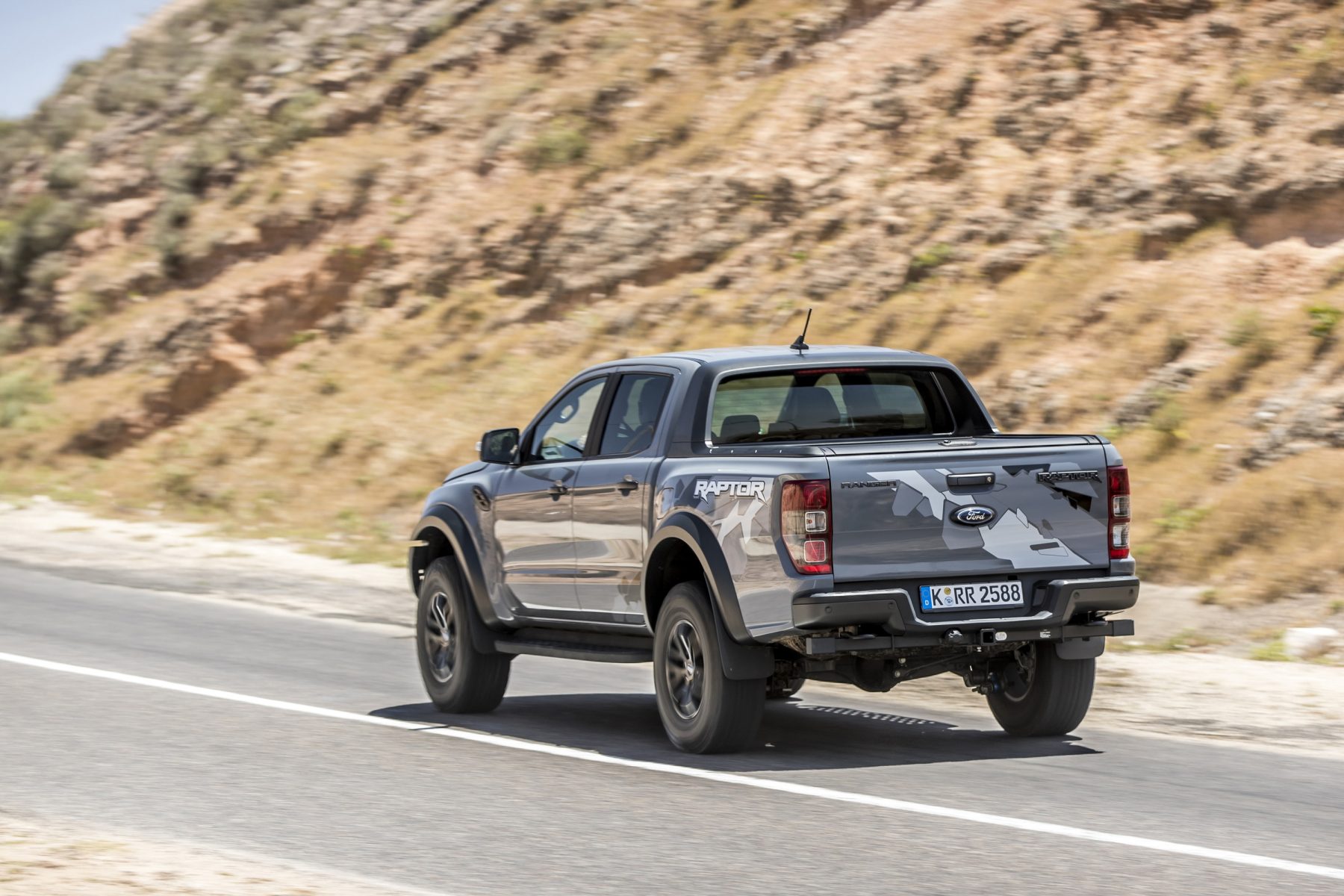
The Raptor has been developed by Ford Performance, which is behind some of the firm’s best performance-orientated models – as you’d expect, given the name. It means that though the Raptor shares its platform with the regular Ranger, it’s been beefed-up by some margin. The chassis is reinforced, and uses high-strength steel, while the track has been widened and the ride height lifted – the Raptor sits 51mm higher up than the regular Ranger XLT.
Fox — the company behind some of the best off-road suspension systems on cars, motorbikes and downhill bicycles — has also had a part to play. Its dampers have been used on the Raptor, endowing it with huge amounts of shock absorption — ideal for intense off-road environments. The regular Ranger’s leaf springs have been chucked too, replaced by coils for a far better ride.
What’s under the bonnet?
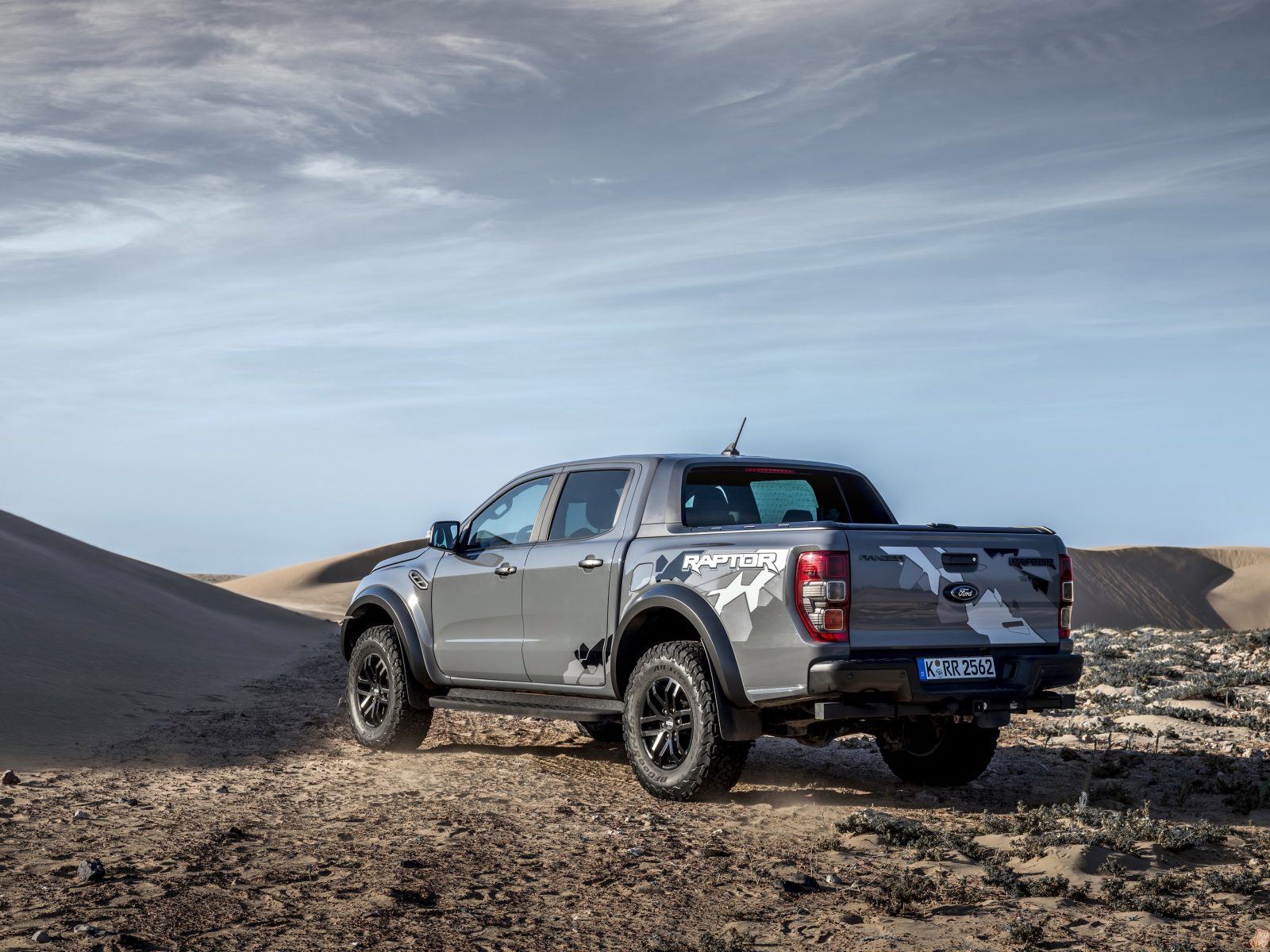
The Raptor makes use of Ford’s latest 2.0-litre bi-turbo diesel engine. Performance-wise, it’ll crack 0-60mph in 10.3 seconds, before charging on to a 106mph top speed – figures which, we’ll admit, aren’t that impressive on paper. Economy figures are acceptable; Ford claims 31.7mpg combined, and CO2 emissions of 233g/km. It also uses a 10 — that’s right, 10 — speed automatic gearbox, meaning that theoretically, there should be a gear for near enough every situation. It can be controlled via titanium shift paddles, too.
Of course, the Raptor also features a range of off-road driving modes, including a Roll Mitigation Function, Trailer Sway control and Hill Descent Control.
What’s it like to drive?
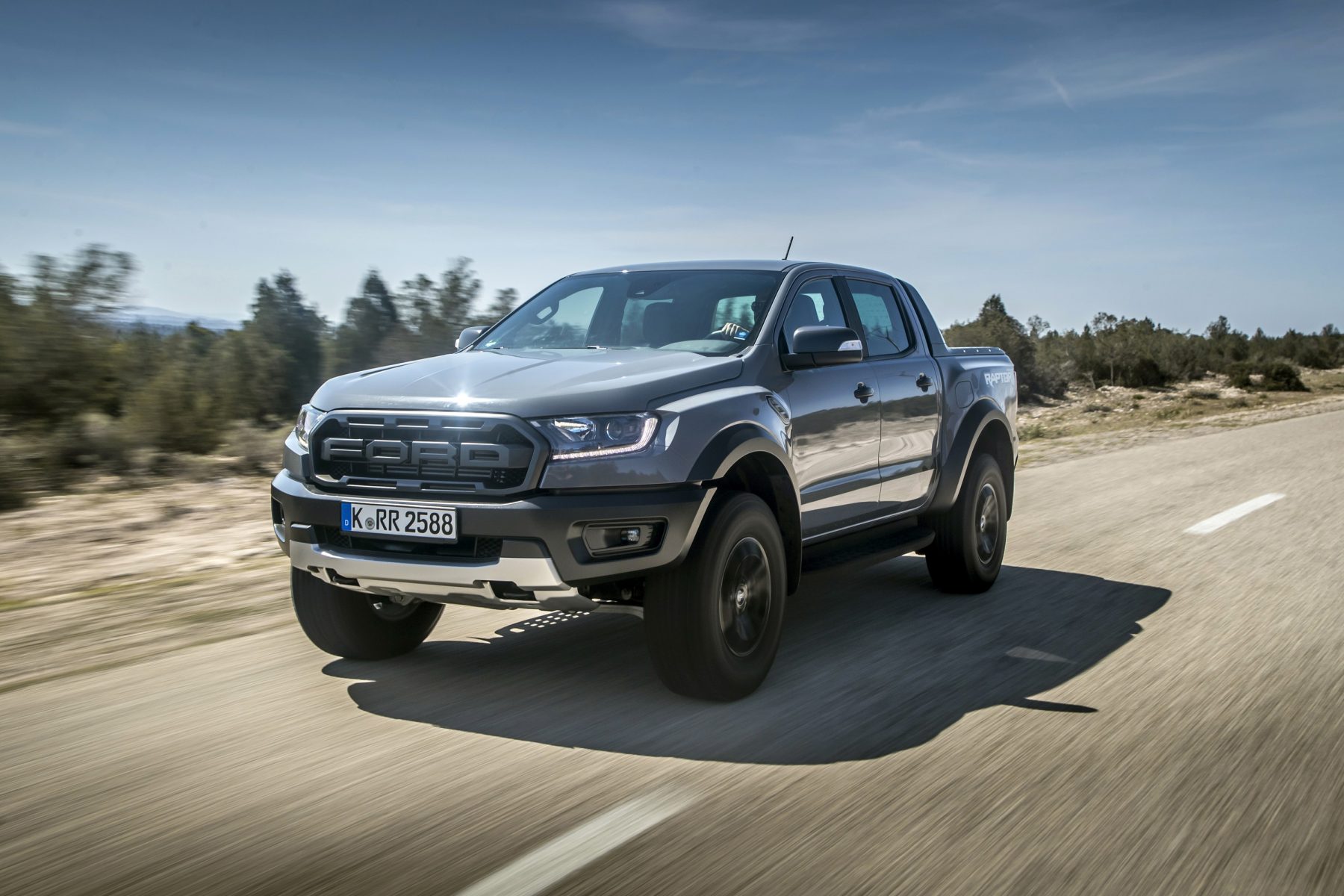
It’s best to think of the Raptor as a performance car for all terrains. So, you’d expect it to eat up every type of surface thrown its way — and boy, does it achieve this. At low speeds, it initially feels a little jarring, but throw some pace its way and the Raptor simply floats over any track, and any obstacle. We tested it on some serious Moroccan routes, and it simply hammered through everything we could throw at it. Sure, other trucks may be able to conquer the same thing — but they wouldn’t be do it half as quickly, nor with such little drama as the Raptor.
We’d like a touch more power, perhaps, but the 210bhp doesn’t leave the Raptor feeling overly short-changed when it comes to punch. The 10-speed gearbox is our only sticking point; there are simply so many cogs to choose from that it can, at times, feel a little lost — and heavy boots of acceleration see it raking through several gears in quick succession just to make decent progress.
How does it look?
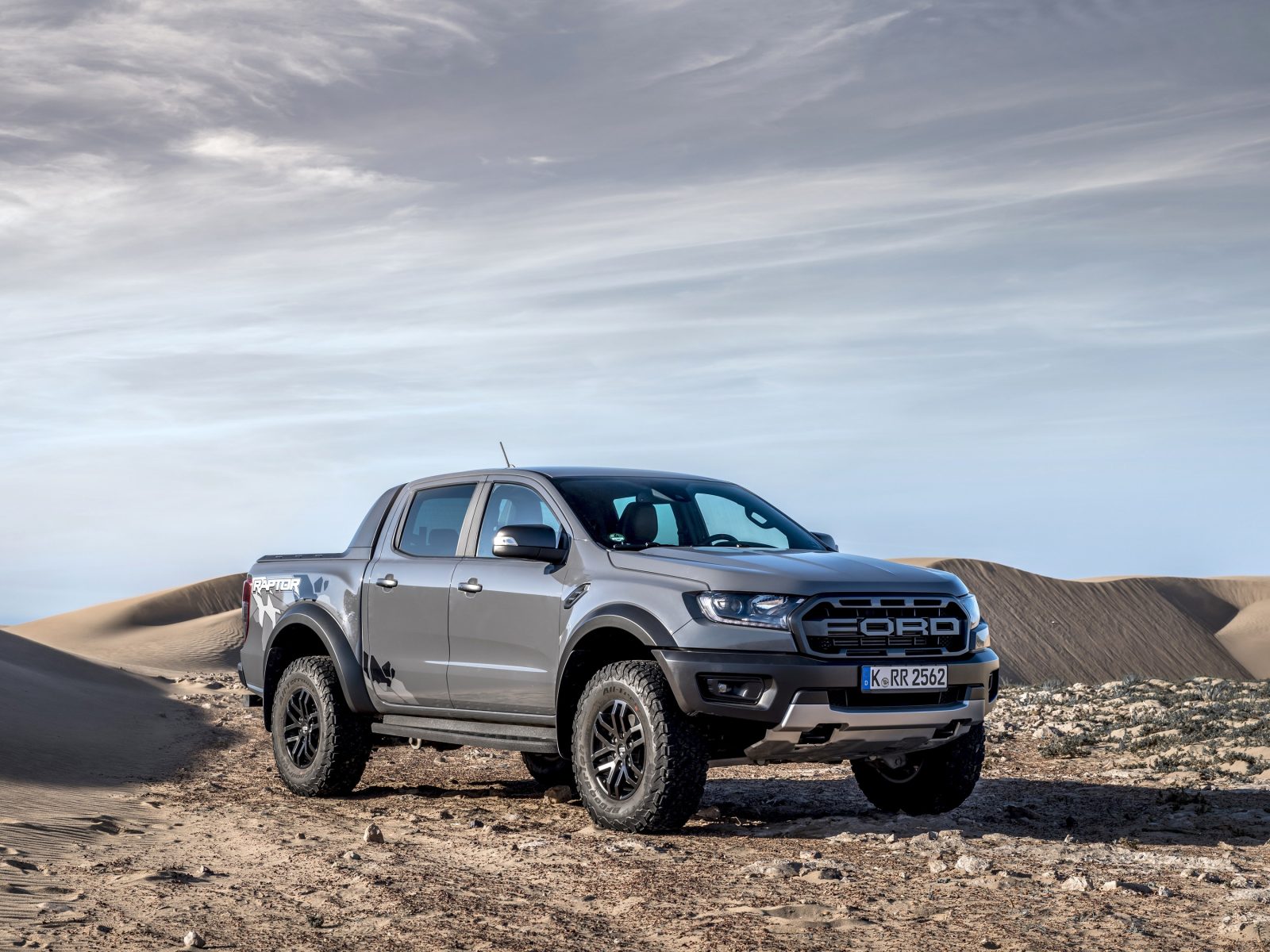
Big, bold and just a little imposing, the Ranger Raptor is a pick-up which is hard to miss. The front grille draws inspiration from the one fitted to the American-only F-150 Raptor, and the rest of the truck looks more Los Angeles than Luton in terms of design.
In the metal it’s a very impressive thing. While large decals would be a little brash on other cars, for the Raptor they make sense — this isn’t a car for the shy and retiring.
What’s it like inside?
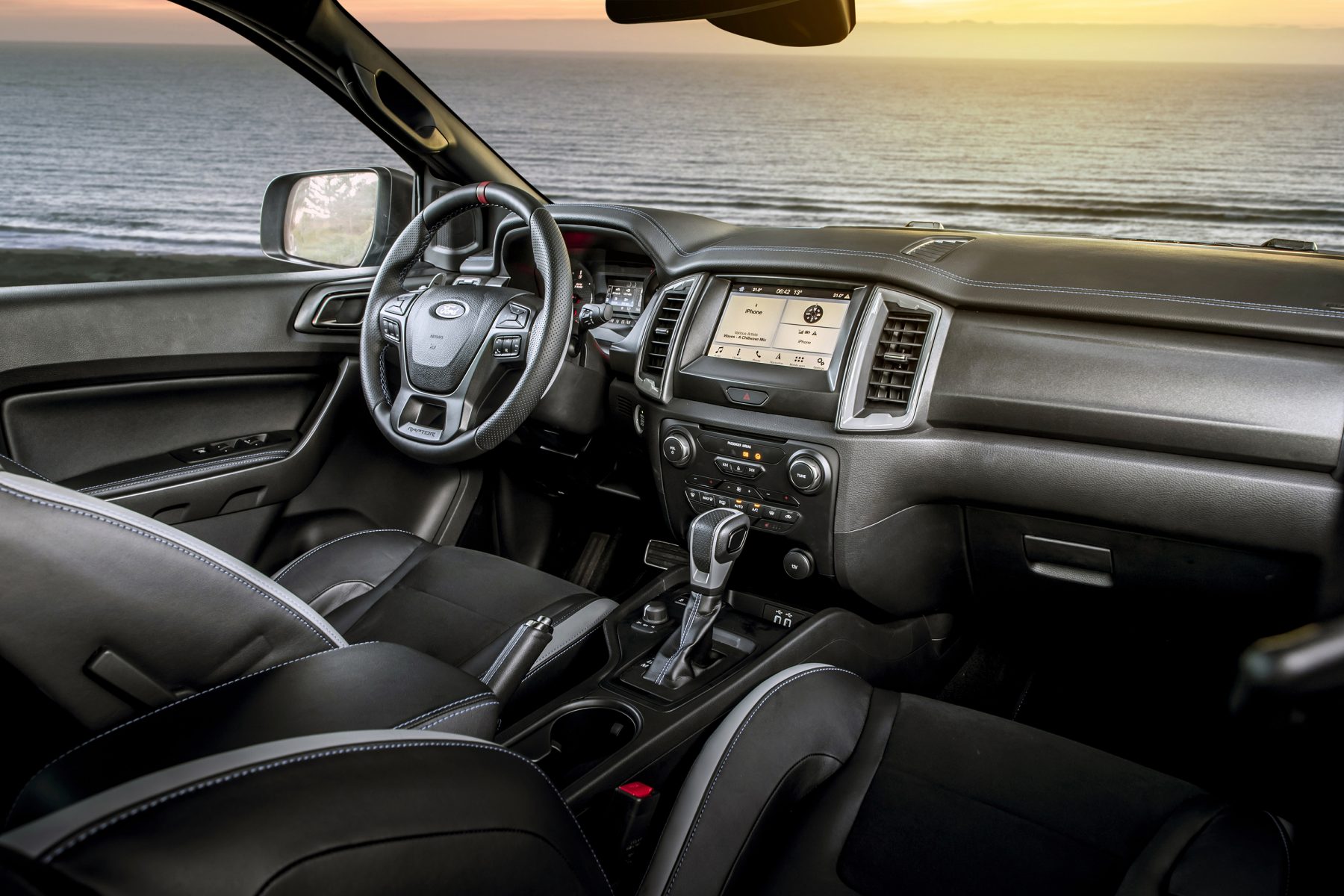
Inside the Raptor you’ll find a pretty standard interior. The sports seats are bolstered but not overly so, and while there are some harsher plastics used throughout, everything feels as if it’s been built to stand up to whatever abuse you can throw at it. It’s not a hugely exciting cabin, but all the key components are well made. The driving position is good too, and there’s plenty of adjustability to be found.
Whereas other manufacturers are starting to adopt screens to replace the main instrument binnacle in front of the driver, the Raptor uses a pair of simple dials – with a smaller screen in between. They’re clear and easy to read, and they suit the character of the truck too.
What’s the spec like?
As we’ve already alluded to, the Raptor features an impressively comprehensive list of standard equipment. In addition to all of the off-road mechanical upgrades, it boasts 17-inch alloy wheels shod in chunky all-terrain tyres, while bi-xenon headlights and LED front fog lamps feature at the nose of the car.
Ford Ranger Raptor in Morocco today. So far handling everything we can throw at it pic.twitter.com/tnJUT8Gvrd
— Jack Evans (@jackrober) May 1, 2019
There’s also Ford’s latest Sync 3 infotainment system, and it’s one of the best ones from the firm yet thanks to clear, intuitive layouts and easy-to-read fonts. It may not be quite as sharp as rival operating systems, but it’s not bad at all. The elephant in the room is, of course, the price. At £48,784 it’s expensive, but thanks to this hefty list of standard tech, it appears far better value-for-money than rival pick-ups.
Verdict
Recommending the Raptor is a tricky thing. On the one hand, it’s one of the most accomplished pick-up trucks we’ve driven when it comes to outright, go-anywhere ability. The way it conquers dunes, gravel tracks and severe inclines with such little drama is nothing short of mind-boggling.
But on the other hand, how often do you find yourself transversing a towering sand dune in the UK? In a similar vein to other cars we’ve seen recently (Suzuki Jimny, we’re looking at you), this is a car which is a fundamentally niche product, but one which we’d gladly grab the keys to – simply for the way it makes you feel. Get behind the wheel of the Raptor, and we’d put money on you thinking the same.
Facts at a glance
Model: Ford Ranger Raptor
Price: £48,784
Engine: 2.0-litre bi-turbo diesel
Power (bhp): 210
Torque (Nm): 500
Max speed (mph): 106
0-60mph: 10.3
MPG: 31.7
Emissions (g/km): 233



